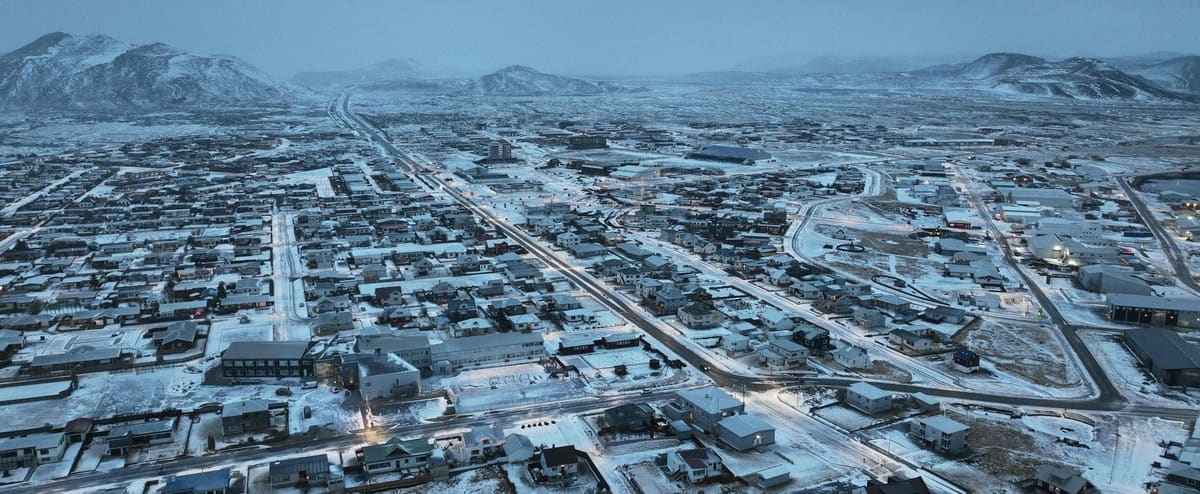In Iceland, volcanic activity related to the Sundhnúksgígar eruption that occurred southwest of Reykjavik on Monday appears to have stopped, but it is still impossible to say whether this eruption is over, the Icelandic Meteorological Institute (IMO) wrote. on Friday.
• Also read: The volcanic eruption calms down in Iceland and the population returns to their everyday lives
On this fault, “volcanic activity appears to have ceased yesterday evening or early morning,” the agency said in a statement.
“Nevertheless, it is possible that lava flows downward in closed channels and therefore one cannot say that the eruption is over,” she said.
Images from surveillance cameras no longer show impressive lava flows like in the first two days of the eruption.
The authorities have lowered their alert level: the state of emergency triggered on Monday evening was lifted to make room for the “alert phase”, which is one level lower.
However, new ground swelling was detected near the site of the Svartsengi geothermal power plant, which supplies electricity and water to around 30,000 residents of the region and whose facilities are protected by a wall.
“The earth immediately began to swell again in Svartsengi after the eruption began on Monday evening, December 18th. The speed of the ground swelling is higher than before the eruption at a distance of two kilometers, the IMO said.
“The accumulation of magma beneath Svartsengi continues and is likely to lead to further magmatic intrusions and a possible eruption,” the institute estimated, noting that “the probability of a (new) eruption increases slightly more each day.”
Monday's eruption, the fourth in two years, was preceded by a series of earthquakes three kilometers from the small town of 4,000 people, Grindavik, which has been evacuated since November 11.
On Thursday, city residents were allowed to go to their homes during the day and can return to their homes for the Christmas holidays from December 23 to 26. The situation must be reassessed on the 27th.
The authorities are planning to build a protective wall around Grindavik.
As of March 2021, the Reykjanes Peninsula, south of the capital Reykjavik, had been spared from eruptions for eight centuries.
Since then, there have been three more, in March 2021, August 2022 and July 2023, which volcanologists consider a sign of a resumption of volcanic activity in the region.
In this land of fire and ice, the most volcanic region in Europe, 33 volcanic systems are considered active.

